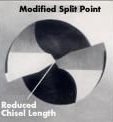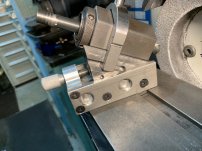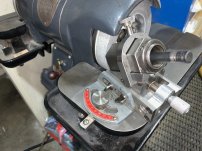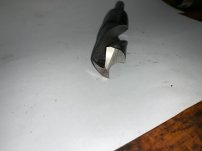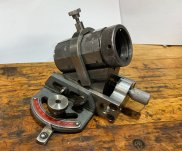I'm in the market for a new drill grinder and trying to assess what capability I need. I've read through about 20 minutes worth of posts here and still have questions.
My impression is that they're both self centering, but it appears that the four facet doesn't cut all the way to the center, as does the split point. Can someone who has experience with both weigh in?
My impression is that they're both self centering, but it appears that the four facet doesn't cut all the way to the center, as does the split point. Can someone who has experience with both weigh in?




